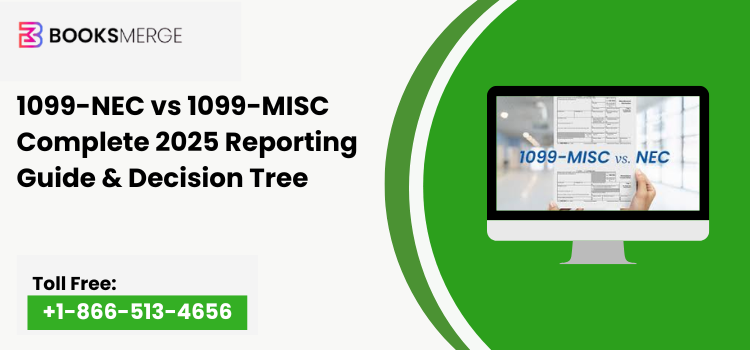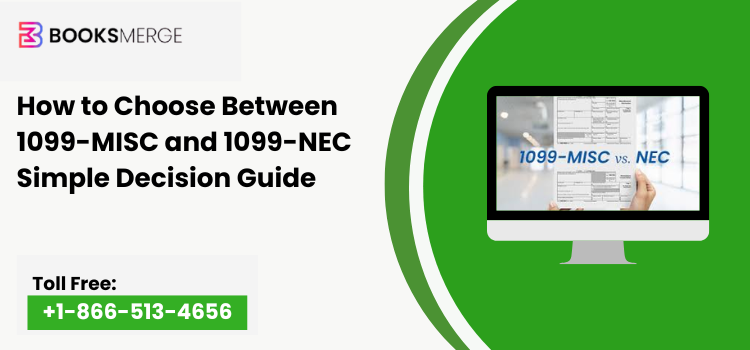Form 6765 Guide Qualified Research Expenses That Count in 2025
- Sophia Davis
- Nov 5
- 5 min read
Navigating the complexities of Form 6765 can feel overwhelming, especially when you're trying to determine which expenses actually qualify for the credit for increasing research activities. Many businesses leave money on the table simply because they don't understand what the IRS considers legitimate qualified research expenses. Let's break down exactly what counts and what doesn't when filing your R&D tax credit claim form.
Learn which expenses qualify for Form 6765 R&D tax credits and avoid costly mistakes. Complete guide to QREs, filing requirements, and credit calculation methods.
Discover what qualified research expenses qualify for Form 6765 and maximize your R&D tax credit claim. Expert guidance available at +1-866-513-4656 for filing assistance.

Understanding Form 6765 and Its Purpose
Form 6765 serves as the gateway to claiming valuable research and development tax credits. This crucial document allows businesses to reduce their tax liability by claiming expenses related to innovation and technological advancement. Whether you're exploring the form 6765 pdf or reviewing the latest form 6765 instructions, understanding the fundamentals is essential.
The Section 41 research credit has become increasingly valuable for businesses of all sizes. From startups to established corporations, companies can leverage this credit to offset both income tax and, in some cases, access the payroll tax credit for R&D.
What Expenses Qualify for Form 6765
Wages and Employee Compensation
The most significant category of qualified research expenses (QREs) summary typically includes employee wages. Here's what counts:
Qualified wage expenses include:
Salaries paid to employees directly engaged in qualified research activities
Wages for supervisors who oversee research projects
Compensation for technicians supporting research efforts
However, wages must relate specifically to the business component information for R&D credit purposes. General administrative work doesn't qualify, even if performed by someone occasionally involved in research.
Supply Costs
Tangible property used in research activities falls under QREs when consumed or used during the research process. This includes raw materials, prototypes, and testing supplies. The key word here is "consumed" – supplies must be used up during research, not retained as permanent assets.
Contract Research Expenses
When you outsource research to third parties, 65% of qualified contract research expenses can be claimed. The old form 6765 required different calculations, but current form 6765 instructions 2025-26 provide updated guidance on these calculations. For expert help understanding these changes, contact +1-866-513-4656.
Computer Rental Costs
Rental costs for computers used in qualified research activities are eligible. This doesn't include purchased equipment, which falls under different tax treatment, but specifically rental or lease payments for technology directly supporting your research efforts.
What Doesn't Qualify: Common Misconceptions
Research After Commercial Production
Once your product reaches commercial production, research activities no longer qualify. The small business research credit filing specifically excludes expenses incurred after products are ready for market sale.
Funded Research
Research funded by grants, contracts, or other external sources doesn't qualify. The IRS wants to credit businesses investing their own resources into innovation, not those receiving outside funding.
Foreign Research
Activities conducted outside the United States don't qualify for the credit. The form 6765 example scenarios provided by the IRS consistently exclude foreign research expenses.
Routine Data Collection
Gathering routine market data, quality control testing, or efficiency surveys doesn't meet the threshold for qualified research. Your activities must involve a process of experimentation aimed at technological advancement.
How to File Form 6765 Successfully
When preparing to fill out Form 6765 for R&D tax credit claims, organization is crucial. Start by gathering documentation for all potential QREs. The new form 6765 instructions provide detailed worksheets to help calculate your credit using either the regular credit method or alternative simplified credit method.
Consider whether you're eligible for the form 6765 esb credit (enhanced small business credit), which allows certain small businesses to apply their credit against payroll taxes rather than income tax. This option can be particularly valuable for startups with limited tax liability.
Calculating Your Credit: Methods and Strategies
The tax year 2025 Form 6765 instructions outline two primary calculation methods. The regular credit method compares current-year expenses to a base period, while the alternative simplified credit method uses a simpler 14% calculation on expenses exceeding 50% of your average QREs from the previous three years.
Many businesses find consulting with professionals helpful when determining which method maximizes their credit. For personalized guidance, reach out at +1-866-513-4656.
Also Read This: 1099 Form
Documentation Best Practices
The IRS form 6765 feedback from audits reveals that poor documentation is the most common reason for denied claims. Maintain detailed records showing:
Project descriptions and objectives
Employee time tracking for research activities
Supply purchase receipts and usage logs
Contract research agreements and invoices
Cross-reference your activities with form 8974 if you're claiming the payroll tax credit option, ensuring consistency across all tax documents.
Special Considerations for Different Business Sizes
Small businesses often benefit most dramatically from understanding what expenses qualify for Form 6765. The combination of the regular R&D credit and potential payroll tax offset creates significant cash flow benefits for growing companies.
Even if you've filed the form 6765 instructions pdf versions in previous years, reviewing the form 6765 instructions 2025-26 updates is essential. Tax laws evolve, and staying current ensures you maximize your legitimate claims while avoiding costly errors.
Also Read This: 1099 Form Filling Guide
Conclusion
Understanding qualified research expenses for Form 6765 transforms from confusing to manageable when you know the rules. Focus your claims on direct wages, consumed supplies, qualified contract research, and computer rentals tied to technological innovation.
Avoid common pitfalls like post-production research, funded activities, and routine testing.
The credit for increasing research activities represents real money back in your business – don't let confusion prevent you from claiming what you've earned. Whether you're reviewing a form 6765 example or tackling your own filing, proper classification of expenses makes all the difference.
Need expert assistance navigating your R&D tax credit claim form? Call +1-866-513-4656 for professional guidance tailored to your specific situation.
Frequently Asked Questions
Q: What is the deadline for filing Form 6765?
A: Form 6765 must be filed with your business tax return, typically by the return's due date including extensions. For most businesses, this means March 15 or April 15, depending on your entity type.
Q: Can startups with no tax liability benefit from Form 6765?
A: Yes. Qualified small businesses can elect to apply up to $500,000 of their credit against payroll taxes using the enhanced small business research credit option, making it valuable even without income tax liability.
Q: How far back can I claim R&D credits if I missed previous years?
A: Generally, you can amend returns for up to three years back to claim missed R&D credits. The specific timeframe depends on when you filed your original return.
Q: Do I need to complete all sections of Form 6765?
A: No. Most businesses only complete Section A (regular credit) or Section C (alternative simplified credit), plus any relevant sections for payroll tax elections or member allocations if applicable.
Q: What's the difference between the regular and alternative simplified credit methods?
A: The regular method uses a more complex base period calculation but may yield a larger credit. The alternative simplified credit is easier to calculate at 14% of QREs exceeding 50% of your three-year average but may result in a smaller credit.
Q: Can software development costs qualify as research expenses?
A: Yes, if the software development involves resolving technological uncertainty and follows a process of experimentation. Routine coding or maintenance doesn't qualify, but innovative software development often does. Read More: Form 6765 Instructions 2025







Comments